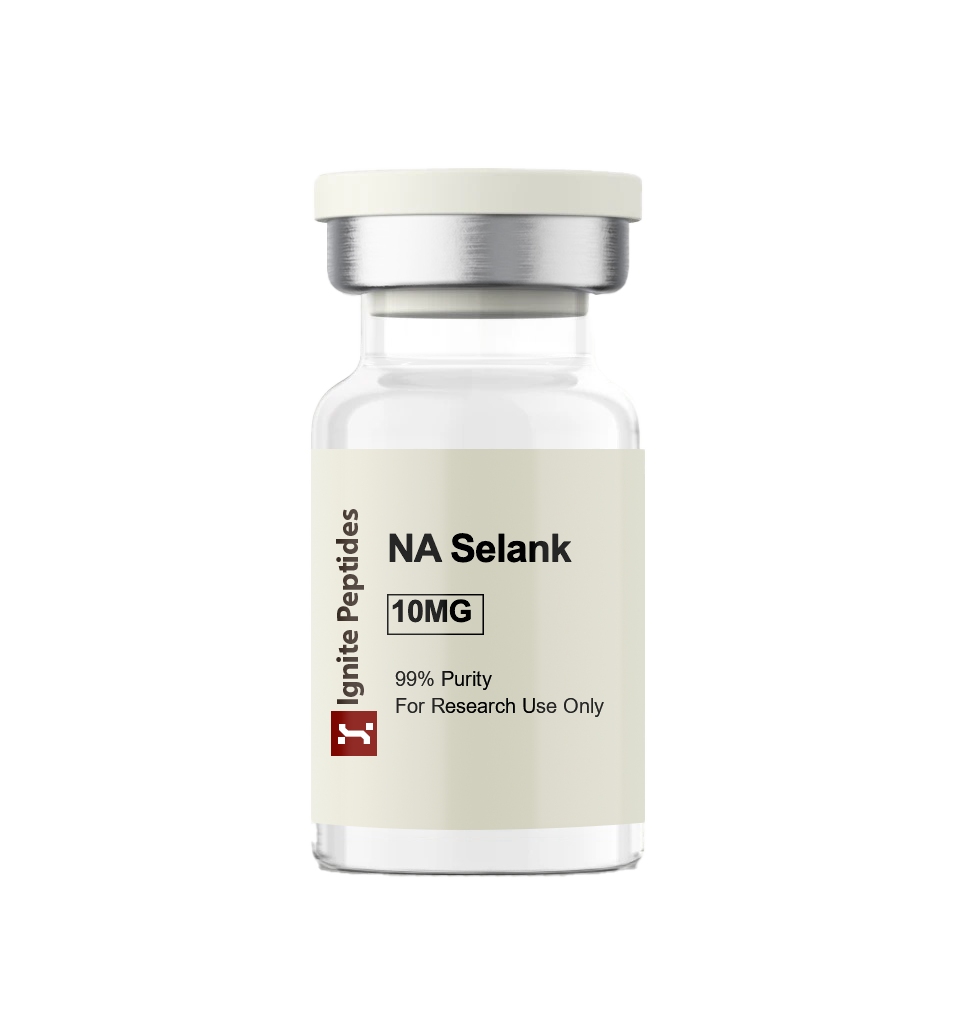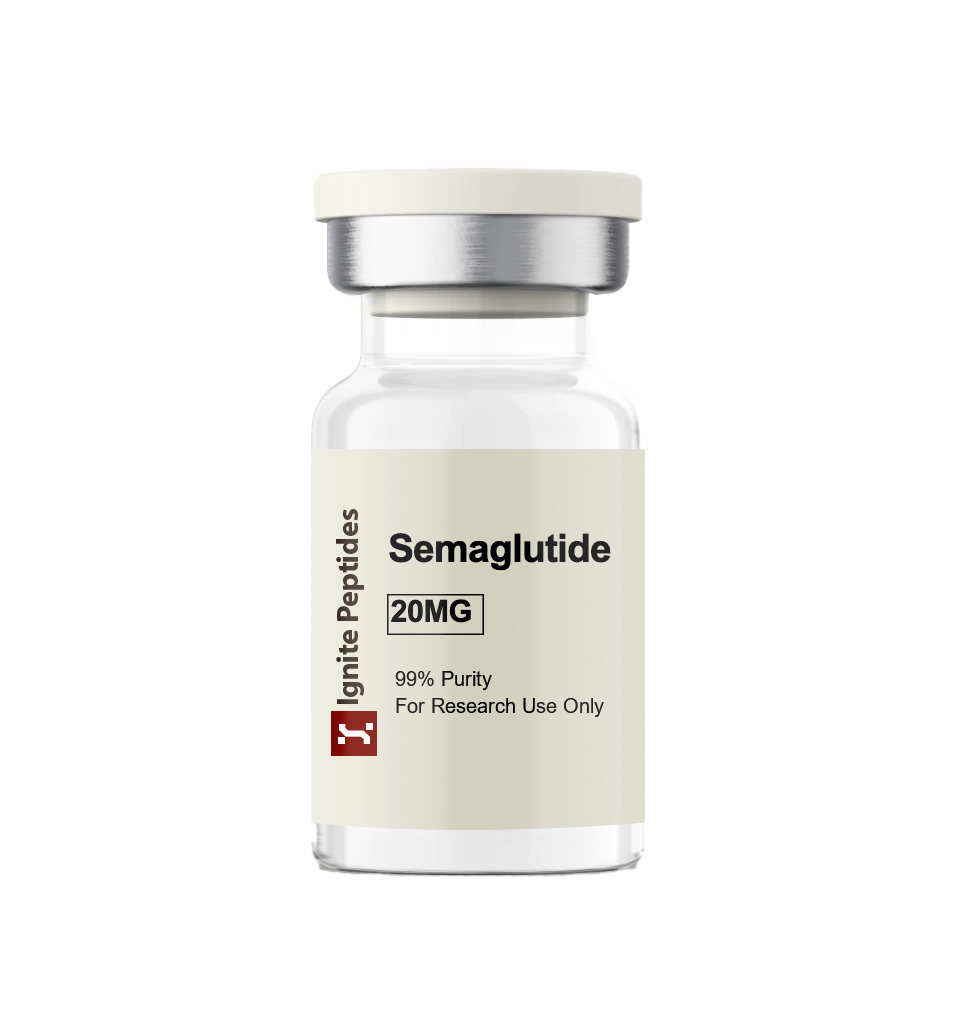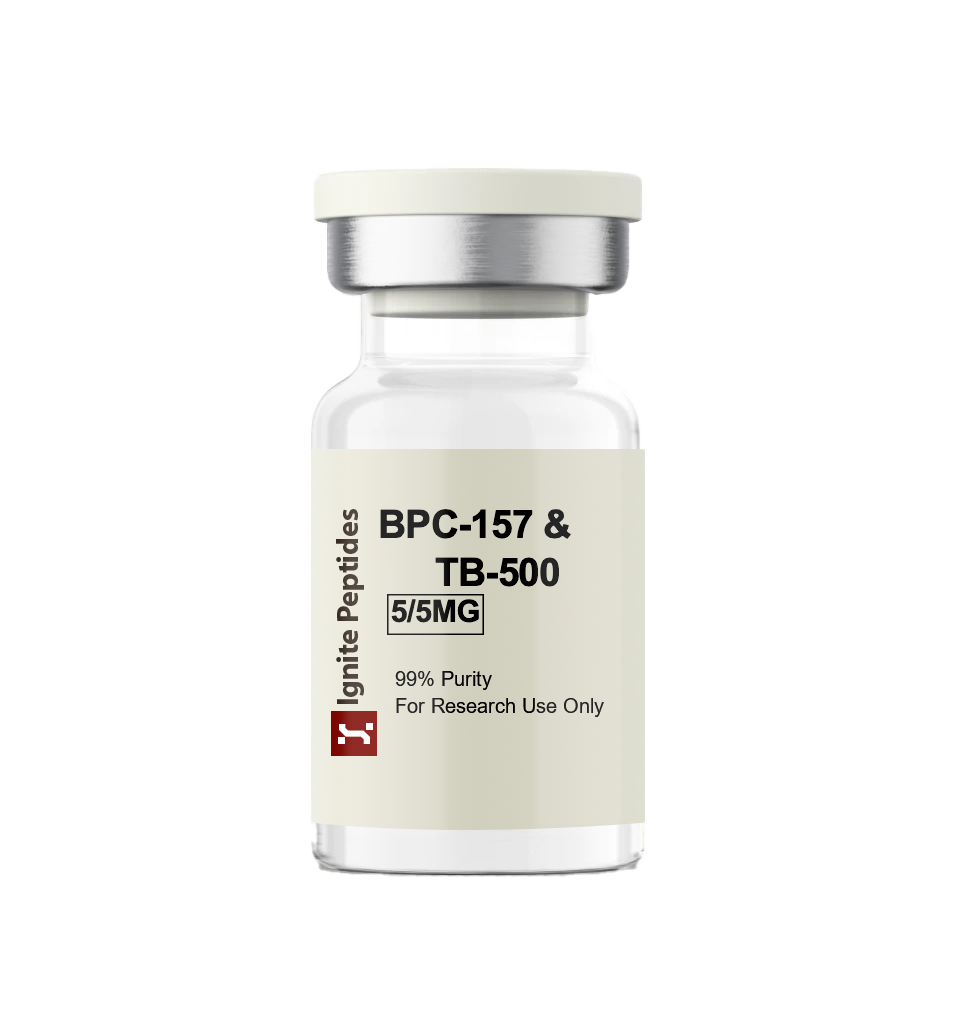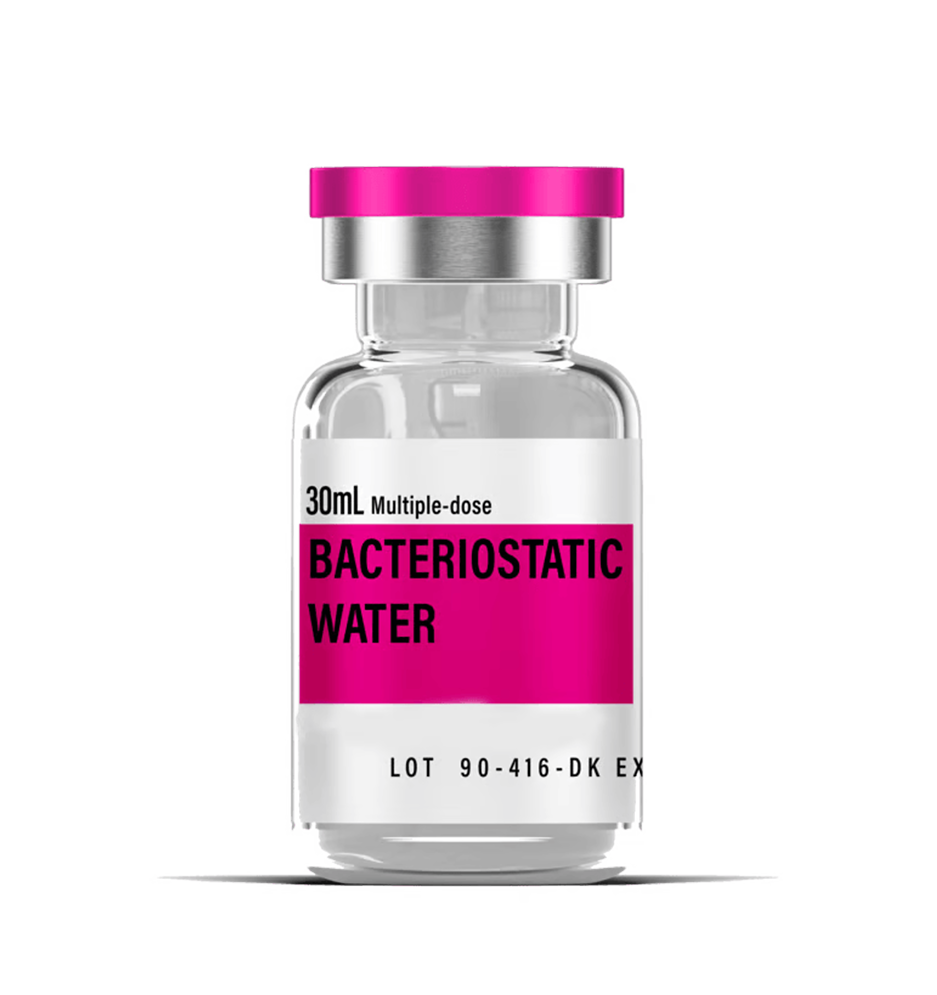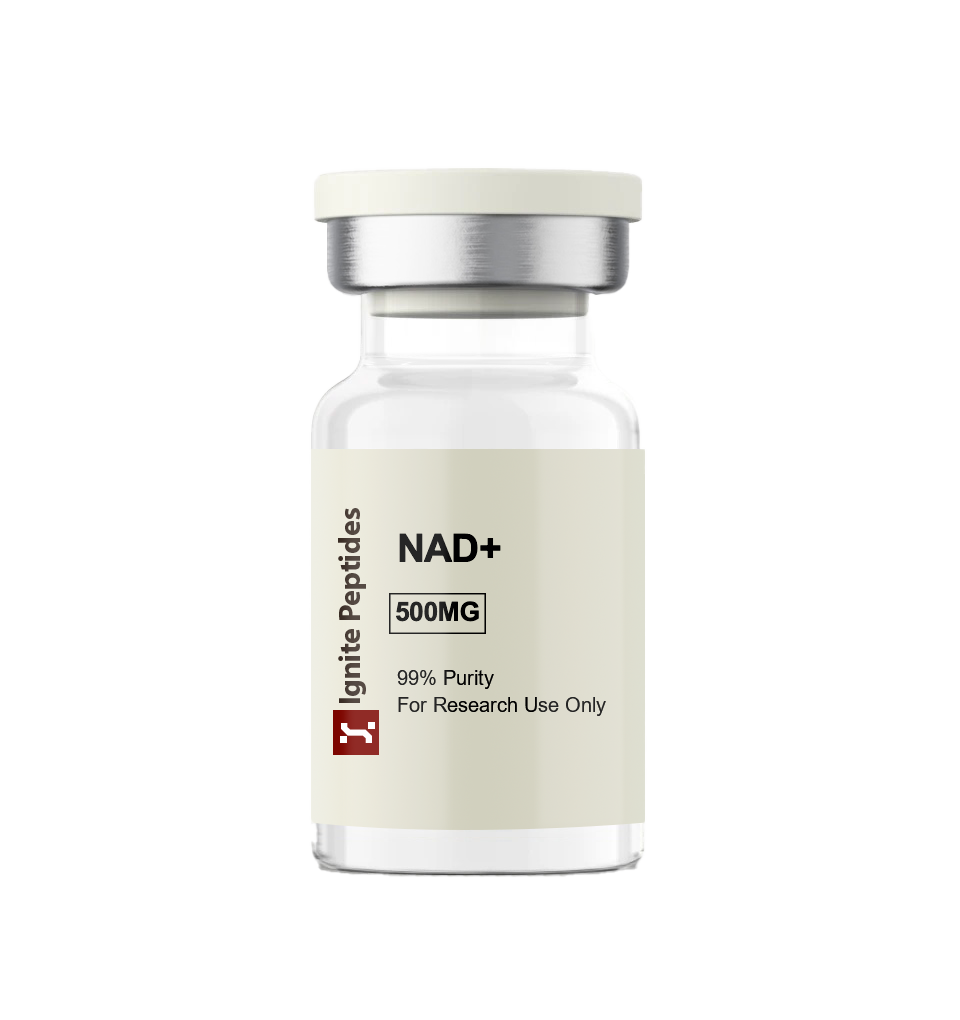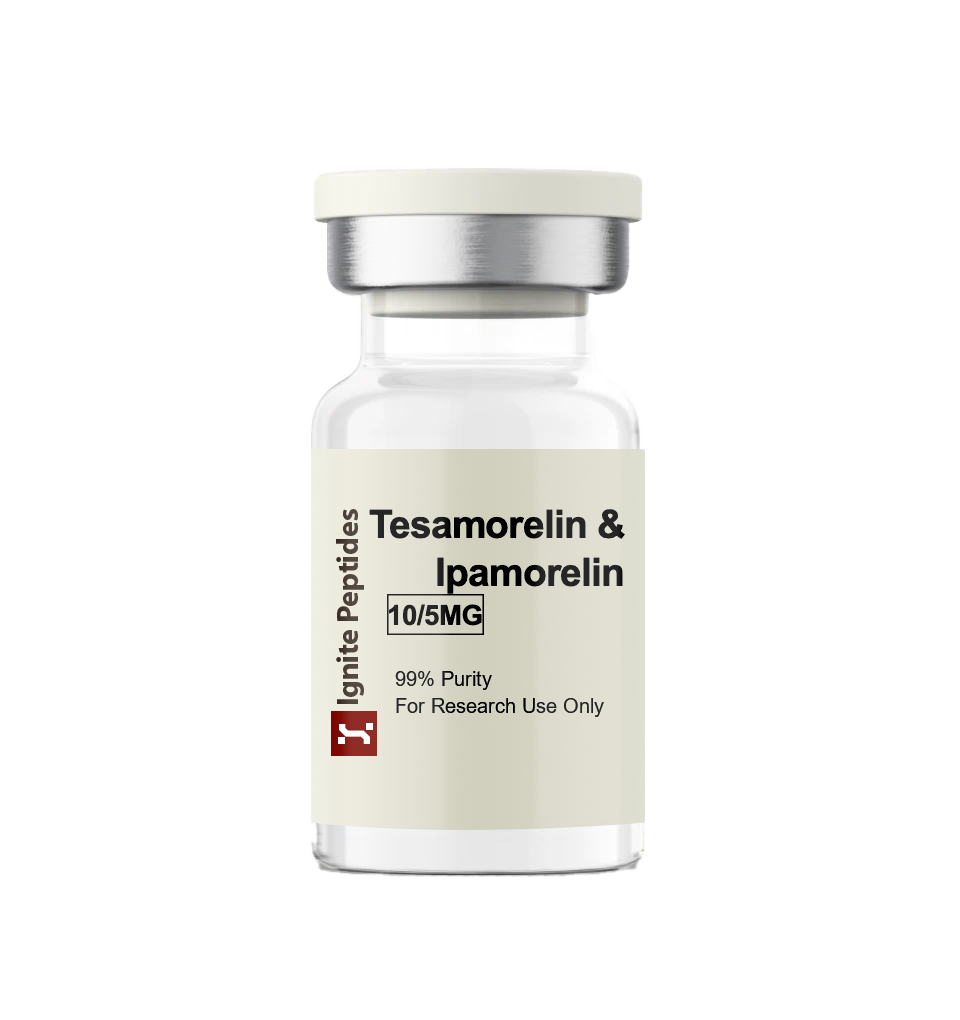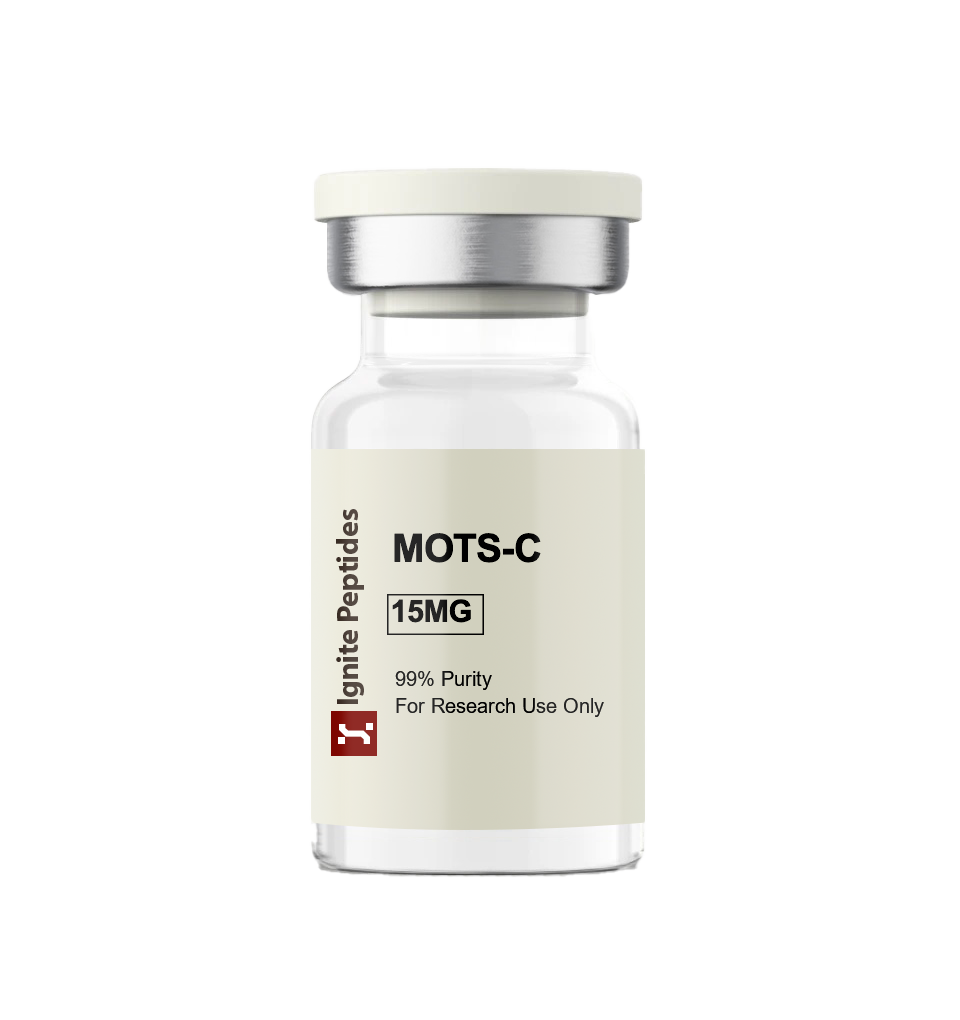Peptide Calculator
Easily determine the correct dosage for your peptides with our Peptide Reconstitution Calculator below. Just input your desired parameters, and let our tool provide precise measurements for optimal results.
Use our Peptide Calculator below to calculate accurate dosages for administering peptides using a syringe. Simply select your parameters, and our calculator will give you the results.

Dose of Peptide

Peptide Strength

Bacteriostatic Water
determines peptide concentration
GLP-1s: 2mL to 3mL
Peptides: 3mL
Results
Peptide Dose: -
Concentration: -
Volume to Draw: -
Volume to Draw (IU): -

Step 1:
Set Your Dose
Select the amount of peptide you plan to inject per dose. This is a crucial step in determining the correct concentration for your solution. By specifying your desired dosage in micrograms (mcg), our calculator will help you figure out exactly how much of the reconstituted peptide solution you’ll need to draw for each injection.
For example, if you require a specific dose per injection, the calculator will provide precise measurements to ensure accurate and effective administration every time.


Step 2:
Enter Your Peptide Strength
Input the total amount of peptide in your vial. You can choose from common strengths like 1mg, 5mg, 10mg, or 15mg—or manually enter a custom amount if yours is different.
This information is essential, as it tells the calculator how much total peptide is available for dilution. Accurate input here ensures the calculator can provide precise dosing instructions based on your intended injection amount.
Step 3:
Add Your Water Volume
Enter the amount of bacteriostatic water you’ll use to mix with your peptide. Bacteriostatic water is sterile and contains a small amount of antimicrobial agent to maintain the solution’s safety over time.
The volume of water added directly affects the concentration of your final solution. Enter the amount in milliliters (mL)—for example, 2mL.
More water = a more diluted solution (less peptide per mL)
Less water = a more concentrated solution (more peptide per mL)
This step helps the calculator determine the exact amount you’ll need to draw for each dose.


Step 4:
Check the Visual Dosage Meter
Once you’ve entered all your details, the calculator will display your results along with a clear visual dosage meter.
You’ll see:
Your selected peptide dose (in mg)
The solution concentration (mg/mL)
The total number of doses in your vial
And most importantly, the exact syringe units to draw for each dose
The visual meter helps you quickly identify how much solution to pull into your syringe. Remember:
100 units on a standard insulin syringe = 1mL
This visual guide simplifies the process and helps reduce dosing errors. Just draw the syringe to the level shown, and you’re good to go.
Example: Calculating Your Peptide Dose
Let’s walk you through a quick example to help you get your peptide dose just right. We’ll assume your peptide vial says 5mg, and you’ll be mixing it with 3mL of bacteriostatic water. Your goal? To inject 250mcg per dose.
Step 1:
Set Your Target Dose
Input 250mcg as your desired amount per injection. This equals 0.25mg — the dose you want to administer each time.
Step 2:
Enter the Peptide Strength
Enter 5mg into the calculator — that’s what the vial label says.
Step 3:
Add Bacteriostatic Water
Mix your peptide with 3mL of bacteriostatic water. This dilution is essential for accurate dosing.
Step 4:
What the Calculator Does
Here’s the behind-the-scenes math:
You have 5mg (5000mcg) of peptide.
You added 3mL of water.
That gives you a concentration of 5000mcg / 3mL.
Now to get your 250mcg dose, the calculator tells you to draw up 0.15mL, which is 15 units on a standard insulin syringe.
Step 5:
Visual Dosage Guide
On your syringe:
1mL = 100 units
So, 0.15mL = 15 units
That’s the number you’ll draw up for each 250mcg dose.
Summary
By following these steps and using the peptide calculator, you’ll find that mixing 5mg of peptide with 3mL of bacteriostatic water results in a solution with a concentration of approximately 1.7mg/mL. To achieve a 250mcg dose, you would need to draw 0.15mL, which equals 15 units on a standard insulin syringe.


